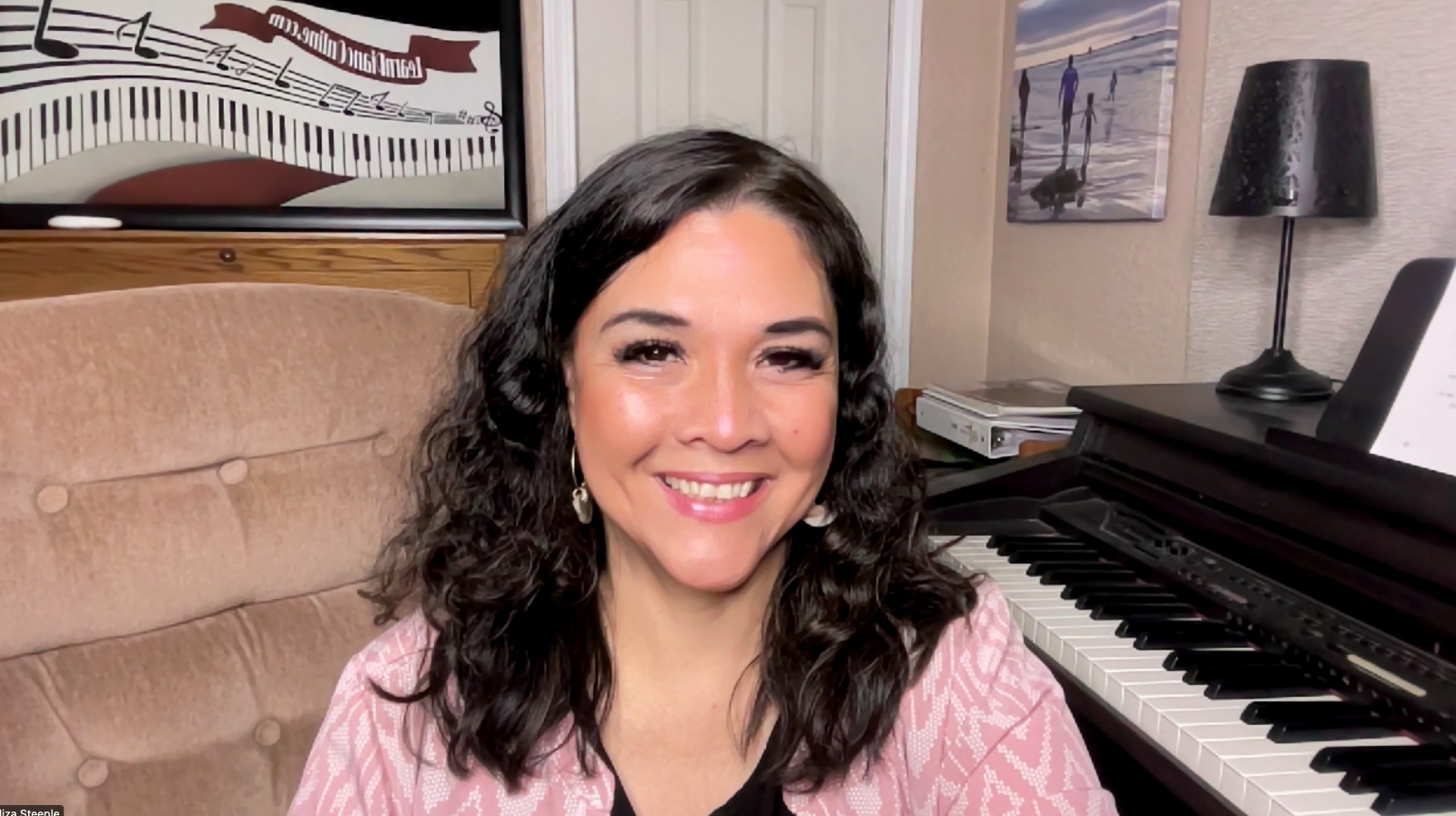Scales are made up of half steps and whole steps. Here is a simple video showing you how a C scale is created by using half steps and whole steps. You can use this formula to create any major scale:
Let’s try this formula on a D major scale:
Start your thumb on D. Then say and play the following half step and whole step formula:
Whole, Whole, Half, Whole, Whole, Whole, Half
If you did it right, your fingers would have played:
D – E – F# – G – A – B – C# – D
Things to remember:
1. Half steps are keys that are directly next to each other. Most of the time it’s white to black, or black to white. Occasionally, it is white to white.
2. Whole steps are notes that skip a note. Be careful because skipping a note includes black keys. That means a whole step can look like a half step if you didn’t realize you skipped a black note. Whole steps can be white to white, black to black, white to black, or black to white.
Now start on any note, and create another scale! (Your ear will tell you if you played it wrong!)
Here are some hints:
If you start on E, the scale should include 4 black keys if you follow the formula correctly.
If you start on F, the scale should include 1 black key.
If you start on G, the scale should include 1 black key.
If you start on A, the scale should include 3 black keys.
If you start on B, the scale should include 5 black keys.
Again, what is the formula?
First note is the scale name
Second note: whole step
Third note: whole step
Fourth note: half step
Fifth note: whole step
Sixth note: whole step
Seventh note: whole step
Last note: half note (and also is the same name as the first note,
so if you start on D, you should end on D!)
Enjoy!

